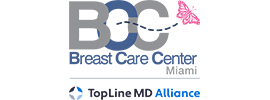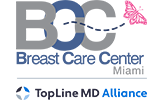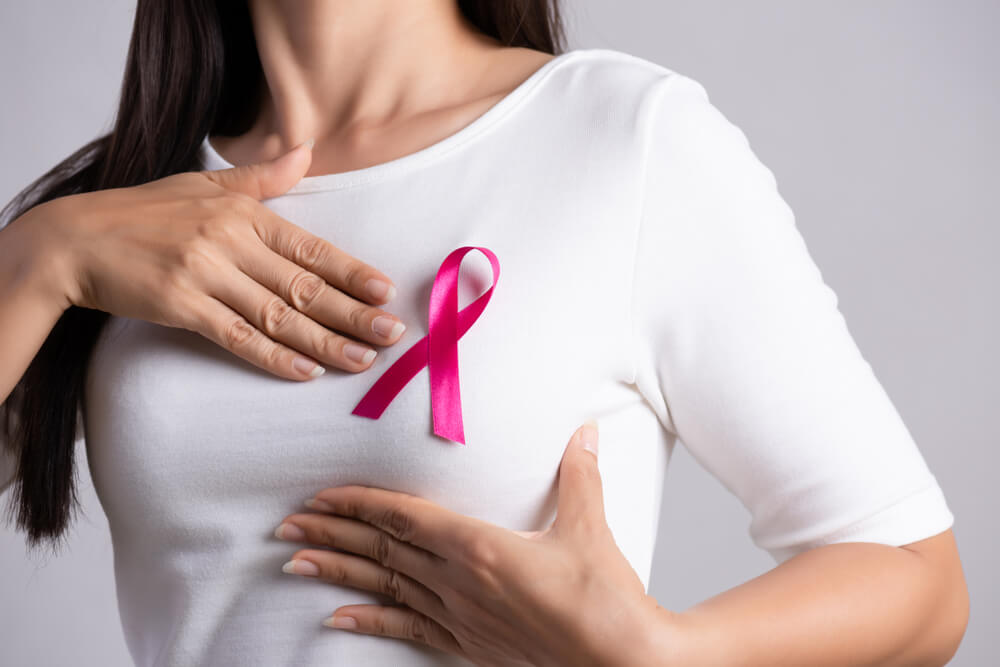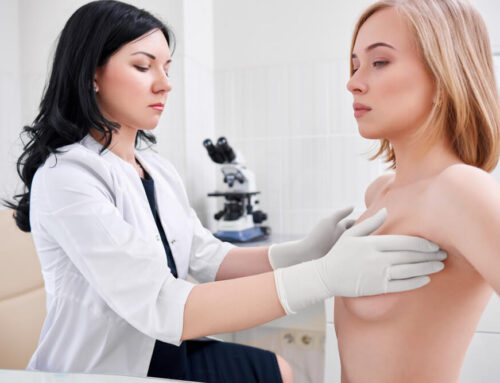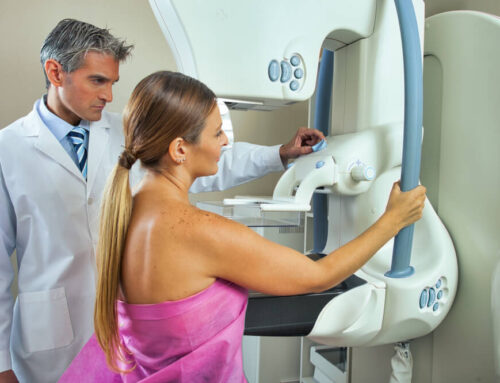Breast cancer can be a hereditary disease. There are many conditions and factors that affect the appearance of this disease, with some of them being genetic. However, this does not mean that all people who have the gene are at risk of breast cancer. Women have a higher chance of inheriting a genetic mutation linked to breast cancer if they have a blood relative who has been diagnosed with it. Prevention is still the best cure for the disease, so doctors urge everyone to do a breast self-examination each month. In this article, Breast Care Center Miami experts will discuss the most common breast cancer risk factors.
What Exactly is Breast Cancer?
Breast cancer is a malignant disease that occurs when normal glandular cells of the breast change their characteristics and begin to grow uncontrollably, multiply and destroy the surrounding healthy tissue. Such changed cells can then go to the lymphatic and/or blood vessels and thus spread the disease to other parts of the body.
Who Can Get it?

Although men can also get breast cancer, it is much more frequent in women. More than 250.000 women in the United States are diagnosed annually, and only one percent of all recorded cases are male patients. On the other hand, age is another significant risk factor. It most often affects women over fifty years of age, but recently younger women are more often affected, especially those in their forties.
Additional risk factors include getting your first menstruation before the age of 12, menopause after the age of 50, infertility, or childbirth after the age of 30. These are all due to longer exposure to the hormones estrogen and progesterone.
Is it Hereditary?
Breast cancer is the most common type of cancer in women worldwide. However, most breast cancers are not hereditary. It is perceived that 5 to 12 percent of breast cancer cases are genetic. Other forms of breast cancer are caused by gradual changes in DNA.
When it comes to hereditary breast cancer, it is caused by mutations in BRCA genes in ten percent of cases. This means that one in ten people with hereditary breast cancer will have mutations in the BRCA genes.
The Most Recognized Genetic Mutations are BRCA1 and BRCA2
BRCA gene stands for BReast CAncer gene. BRCA genes help breast or ovarian cells to grow. In the case of mutations in these genes, atypical cell growth is possible, which can lead to cancer. These genes are essential for fighting cancer because they are tumor suppressors. This means that when they function regularly, they prevent breast, ovarian, and other cells from growing and dividing uncontrollably. Various inherited gene mutations can cause breast cancer, but the most common causes of hereditary cancer are mutations of the BRCA1 (BReast CAncer gene 1) and BRCA2 (BReast CAncer gene 2) genes.
If a person inherits the harmful BRCA gene, there is a 45 to 69 percent chance of developing breast cancer. The average woman in the United States has about a 12% risk of developing it. In contrast, a woman with BRCA1, BRCA2, or both genetic mutations can have up to 85% risk of being diagnosed with breast cancer during her lifetime.
In case you are wondering what you should do if you are at risk, the first option should definitely be to consult a doctor, especially if the cancer has occurred in your family in multiple generations. You can get genetic testing for BRCA gene mutations. The results of this test will reveal whether or not you are a carrier of the mutation. Testing is done through blood, hair, urine, or the amniotic fluid surrounding the fetus.
Another option to consider is surgery to reduce the risk. Breast cancer risk reduction surgery may involve removing both breasts and both ovaries. Mastectomy (breast removal surgery) can be total or nipple sparing. A total mastectomy can reduce the risk of breast cancer by 95 percent in people with mutations in the BRCA1 and BRCA2 genes. This procedure can reduce the risk of breast cancer by 90 percent in people with a strong family history.
Salpingo-oophorectomy is a type of surgery that involves the removal of the ovaries and fallopian tubes. In this way, the amount of estrogen in somebody’s body is reduced, and the growth of some types of breast cancer is slowed. This procedure can reduce the chances of breast cancer in high-risk people by 50 percent.
Family History of Breast Cancer
As mentioned in previous paragraphs, a family history of cancer can play a significant role in getting cancer yourself. If a person inherits a gene that causes breast cancer, there is a 50 percent chance of passing that gene on to their children. Having a mutated gene is not a sure sign that someone will get cancer. The mutated gene, however, is still inherited, even if the person does not develop breast cancer.
Hereditary breast cancer syndrome is an inherited predisposition that increases the risk of developing the disease. Women and men who inherit this predisposition from their mothers or fathers have a higher risk of developing some form of hereditary breast cancer. Individuals diagnosed with breast cancer and BRCA1 or BRCA2 mutation often have a family history of breast cancer, ovarian cancer, and other cancers.
Numerous studies have been conducted in the field of the impact of family history and having cancer yourself. Some of the most common findings state that we are substantially more likely to have a genetic predisposition to have breast cancer if:
- Blood relatives (grandmothers, mother, sisters, aunts) on either side of the family had breast cancer diagnosed before age 50;
- There is both breast and ovarian cancer on the same side of the family or in a single individual;
- There are other cancers in the family (such as prostate, melanoma, pancreatic, thyroid, colon, etc.);
- Women in the family have had cancer in both breasts;
- A man in the family has had breast cancer;
- There is a known abnormal breast cancer gene in the family.
If one family member has a genetic mutation linked to breast cancer, it does not mean that all family members will have it.
Prevention
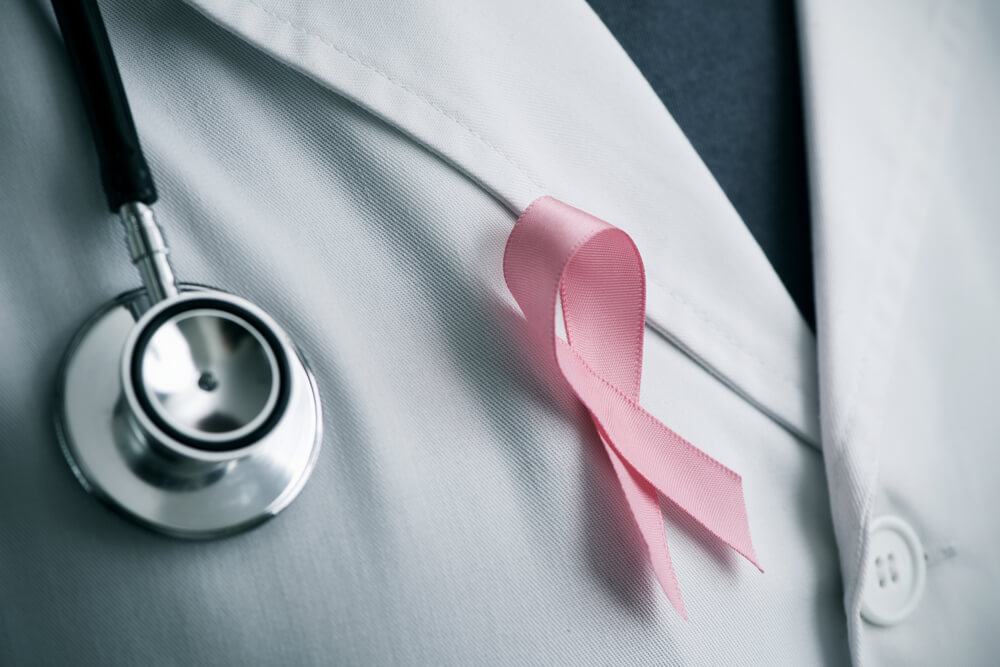
Early diagnosis results in successful healing in most cases. Some of the prevention methods include monthly self-examination, ultrasound, and mammography. A mammographic examination can detect the disease very early when there are no symptoms yet. Initial mammography is recommended for every woman over the age of 40. Until then, an annual ultrasound examination is recommended. Ultrasound is a radiological diagnostic method that is considered completely harmless.
Get Your Appointment Today!
Should you have any questions or concerns, or notice any unusual change in your breasts, do not hesitate to contact us. Breast Care Center Miami offers excellent reliability and expertise while paying attention to each patient’s unique needs and requirements.

